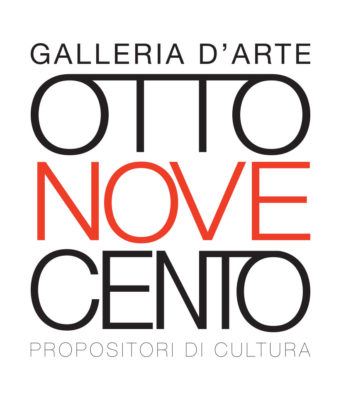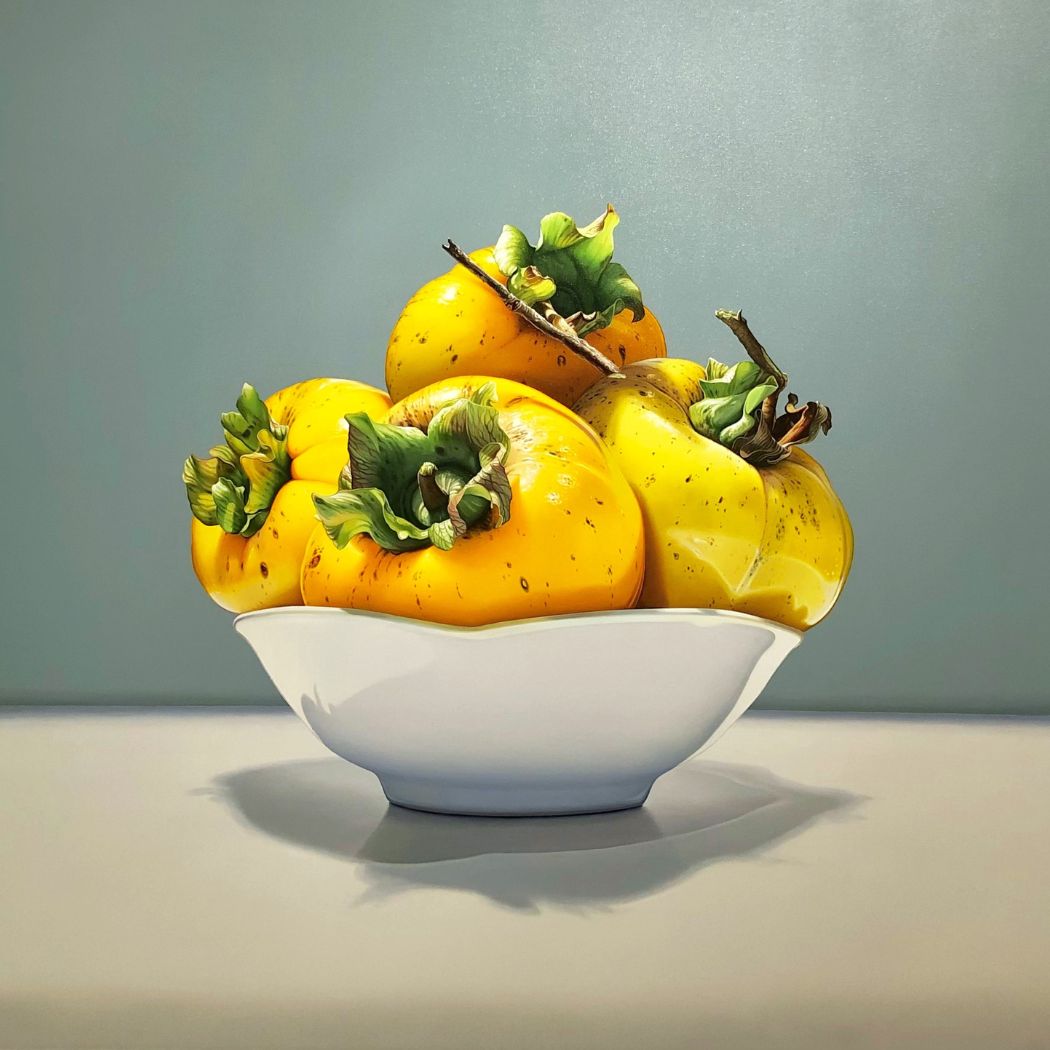La storia della natura morta come soggetto pittorico dalla dignità autonoma è molto giovane.
Le sue motivazioni si rintracciano, infatti, in un contesto storico artistico che prende avvio sul finire del XVI secolo in Italia settentrionale e che fa riferimento ai cosiddetti pittori della realtà. È nelle composizioni tra gli altri, di Vincenzo Campi e del bolognese Annibale Carracci, che all’interno di curatissime scene di genere, devote all’ordinario, frutti, piante, fiori, sino ad allora elementi collaterali e decorativi di dipinti o quadrature, iniziano a richiamare su di sé un’attenzione singolare. Eppure, sarà solo con Caravaggio e la sua “Canestra di frutta”, che la natura morta conquisterà baroccamente lo spazio pittorico.
Massimo Villa (Varese, 1974) è indubbio erede di quella sensibilità. Di formazione scientifica (si laurea in Scienze Naturali alla Statale di Milano), mette a frutto il proprio sguardo analitico nei confronti della natura, dei suoi protagonisti e fenomeni anche in pittura. Dalla riproduzione fedele delle selvagge paludi del varesotto, passando per le fotografiche figure umane, fino alle lenticolari nature morte, la sua ricerca artistica assume le sembianze di un’ispezione quasi laboratoriale, condotta attraverso l’occhio e la mente e volta a cogliere l’essenza più profonda delle cose e delle immagini. Le sue nature morte, eseguite virtuosisticamente a olio, riproducono meticolosamente soggetti comuni. Non si tratta, però, di freddi, se pur impeccabili, ritratti: attraverso le sue composizioni Massimo Villa mette in scena delle sensazioni, degli stati d’animo. “Tutte le mie opere”, spiega, “scaturiscono da una ricerca estetica. Tuttavia, in un secondo tempo mi accorgo con stupore di come esse rispecchino puntualmente la mia vita, di come riflettano fedelmente, fatalmente le mie esperienze reali”.
L’artista procede da vero e proprio regista: compone la scena, indica alla luce dove appoggiarsi, affida all’obiettivo fotografico la speculare cattura dell’immagine e infine si appresta a tradurre lo scatto in pittura. In questo “Vaso con cachi”, riusciamo a percepire la perfetta maturazione dei frutti dalla buccia lucente, a immaginare la delicatezza del contenitore di finissima ceramica: sensazioni reali trasposte in un’armonia teatrale che siamo distolti dal compromettere e chiamati solo ad ammirare.
The history of still life as a pictorial subject with autonomous dignity is very young. In fact, its motivations can be traced back to an artistic historical context that started at the end of the 16th century in northern Italy and that refers to the so-called reality painters. It is in the compositions of, among others, Vincenzo Campi and the Bolognese Annibale Carracci, that within the extremely refined genre scenes, devoted to the ordinary, fruits, plants, flowers, until then collateral and decorative elements of paintings or quadratures, begin to gain special attention. Yet it was only with Caravaggio and his ‘Basket of Fruit’ that still life would baroquely conquer the pictorial space.
Massimo Villa (Varese, 1974) is undoubtedly heir to that sensibility. With a scientific background (he graduated in Natural Sciences from the Milan State University), he uses his analytical view of nature, its protagonists and phenomena also in painting. From the faithful reproduction of the wild marshes of the Varese area, through photographic human figures, to lenticular still lifes, his artistic research takes on the appearance of an almost laboratory-like inspection, conducted through the eye and mind and aimed at capturing the deepest essence of things and images. His still lifes, virtuously executed in oil, meticulously reproduce common subjects. They are not, however, cold, albeit impeccable, portraits: through his compositions, Massimo Villa stages sensations, states of mind. “All my works,” he explains, “spring from aesthetic research. However, I later realise with amazement how they accurately reflect my life, how they faithfully, fatally reflect my real experiences’.
The artist proceeds as a veritable director: he composes the scene, shows the light where to rest, lets the camera lens capture the image, and finally translates the shot into painting. In this ‘Vase with persimmons’, we are able to perceive the perfect ripeness of the shiny-skinned fruits, to imagine the delicacy of the fine ceramic container: real sensations transposed into a theatrical harmony that we are averted from compromising and called upon only to admire.

